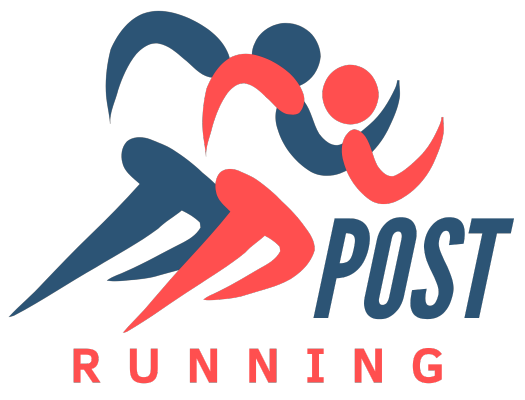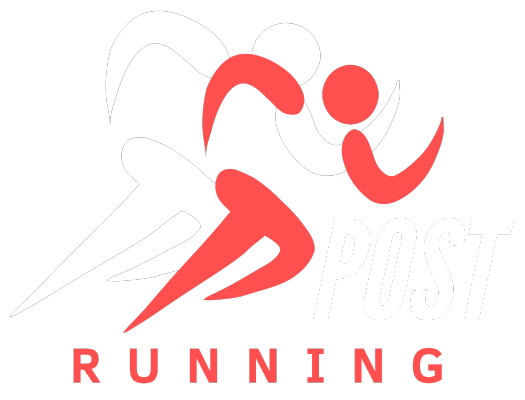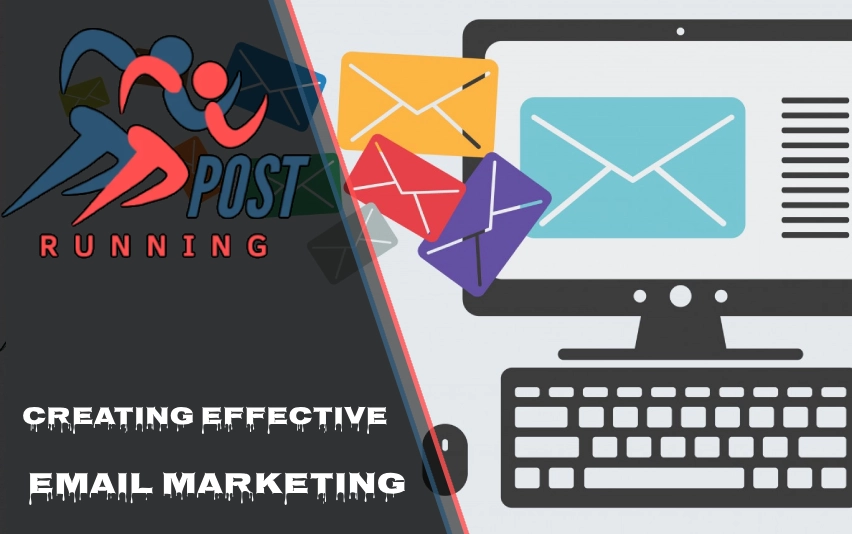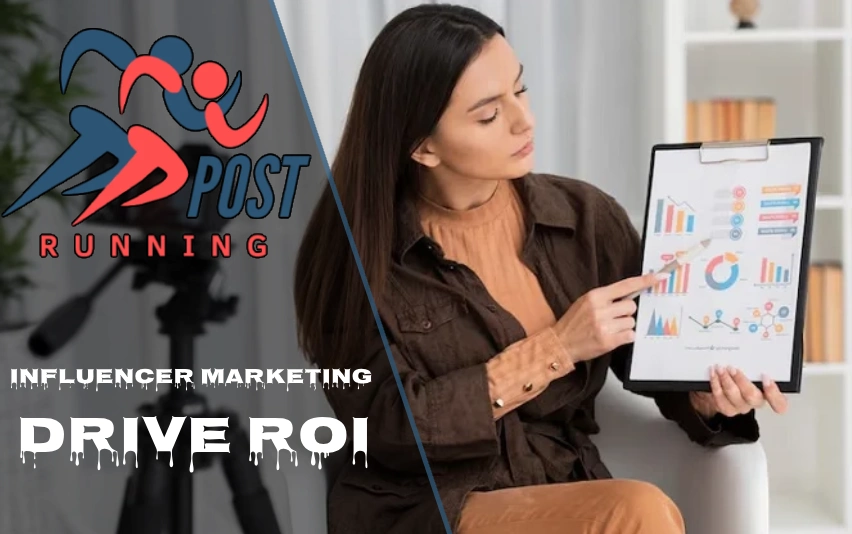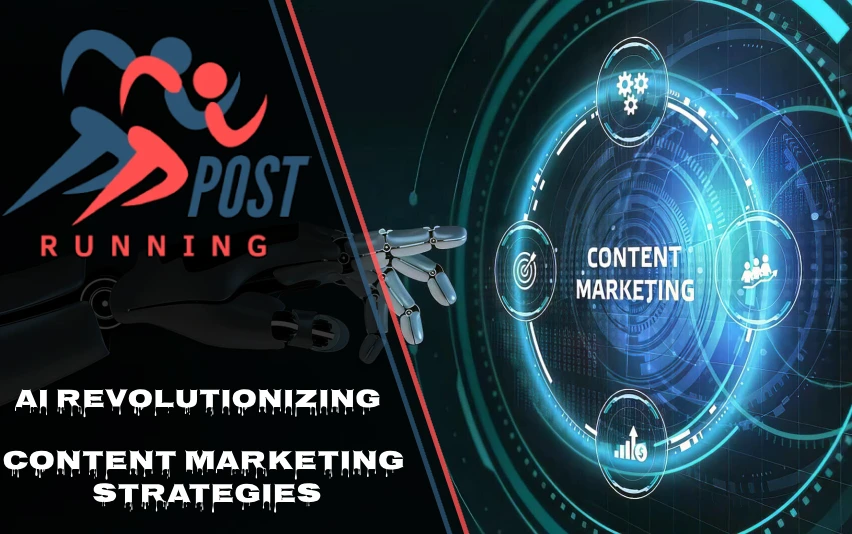Email marketing remains a powerful tool for businesses to connect with their audience, drive engagement, and boost conversions. In today’s digital landscape, creating effective email marketing campaigns is crucial for success. This comprehensive guide will walk you through key strategies and best practices to help you craft compelling email campaigns that resonate with your audience and deliver results.
Introduction
In 2025, email marketing continues to be a cornerstone of digital marketing strategies. Despite the rise of social media and other communication channels, email remains a direct and personal way to reach your target audience. Creating effective email marketing campaigns involves a blend of art and science, combining compelling content with data-driven insights to maximize engagement and conversions.
Understanding Your Audience
The foundation of any successful email marketing campaign is a deep understanding of your audience. Here’s how to get started:
- Segment your email list: Divide your subscribers based on demographics, interests, and behaviors. This allows you to send more targeted content that resonates with specific groups.
- Use signup forms strategically: Gather relevant information about subscribers during the signup process. Ask for details like industry, preferences, and location to help you tailor your content.
- Analyze customer data: Use your CRM and analytics tools to gain insights into your subscribers’ behavior, preferences, and purchase history.
- Create buyer personas: Develop detailed profiles of your ideal customers to guide your content creation and targeting efforts.
By understanding your audience, you can create more personalized and relevant email campaigns that drive higher engagement and conversions.
Crafting Compelling Content
The heart of any effective email marketing campaign is compelling content. Here are some tips to help you create engaging emails:
- Focus on a single topic: Keep your emails concise and centered around one main idea or offer. This helps maintain clarity and prevents overwhelming your readers.
- Use a clear call-to-action (CTA): Every email should have one primary CTA that stands out and encourages the reader to take action.
- Keep it short and sweet: Aim for emails between 50-125 words for optimal readability. In today’s fast-paced world, brevity is key.
- Front-load important information: Put the most crucial details at the beginning of your email to capture attention quickly.
- Use visual elements: Incorporate line breaks, headings, and visuals to improve skimmability and make your emails more engaging.
- Tell a story: Use storytelling techniques to make your content more relatable and memorable.
- Provide value: Ensure that each email offers something of value to your subscribers, whether it’s information, entertainment, or exclusive offers.
By focusing on these elements, you’ll create email content that resonates with your audience and drives them to take action.
Subject Lines and Preheaders
Your subject line and preheader are the first things subscribers see, making them crucial for improving open rates. Here’s how to make them count:
- Keep subject lines short: Aim for subject lines under 50 characters to ensure they’re fully visible on mobile devices.
- Use personalization: Include the recipient’s name or other personalized elements in the subject line to grab attention.
- Create urgency: Use time-sensitive language to encourage immediate action.
- Be conversational: Write subject lines in a friendly, conversational tone to build rapport with your subscribers.
- Experiment with emojis: When appropriate, use emojis to add visual interest and stand out in crowded inboxes.
- Craft compelling preheaders: Use preheaders to complement and expand on your subject lines. A well-crafted preheader can boost open rates by up to 25.83%.
- A/B test: Continuously test different subject line and preheader combinations to find what works best for your audience.
By mastering the art of subject lines and preheaders, you’ll significantly improve your email open rates and set the stage for successful campaigns.
Email Design Best Practices
The design of your emails plays a crucial role in their effectiveness. Here are some best practices to follow:
- Keep it simple: Use a clean, uncluttered design that focuses on your main message and CTA.
- Use brand colors: Stick to your brand’s color palette to maintain consistency and reinforce brand recognition.
- Make it mobile-responsive: Ensure your emails look great on all devices, especially smartphones.
- Use clear, compelling CTA buttons: Make your CTAs stand out with contrasting colors and actionable text.
- Incorporate white space: Use ample white space to improve readability and guide the reader’s eye to important elements.
- Include social proof: Add testimonials, reviews, or user-generated content to build trust and credibility.
- Provide educational content: Share valuable information to position your brand as an authority in your industry.
- Optimize for dark mode: Ensure your emails look good in both light and dark mode settings.
By following these design best practices, you’ll create visually appealing emails that engage your audience and drive action.
Automation and Timing
Automation and timing are key factors in creating effective email marketing campaigns. Here’s how to leverage them:
- Implement trigger-based campaigns: Set up automated emails based on specific subscriber actions or events, such as welcome emails, abandoned cart reminders, or post-purchase follow-ups.
- Use marketing automation tools: Leverage automation platforms to streamline your email marketing efforts and deliver personalized content at scale.
- Segment your automation: Create different automation workflows for various customer segments to ensure relevance.
- Experiment with send times: Test different days and times to find the optimal schedule for your audience. Remember that the best time can vary depending on your industry and target demographic.
- Consider time zones: If you have a global audience, factor in different time zones when scheduling your emails.
- Use drip campaigns: Create a series of automated emails that nurture leads and guide them through the customer journey.
- Monitor and adjust: Regularly review the performance of your automated campaigns and make adjustments as needed.
By mastering automation and timing, you’ll be able to deliver the right message to the right person at the right time, significantly improving the effectiveness of your email marketing efforts.
Measuring and Optimizing Performance
To create truly effective email marketing campaigns, you need to continuously measure and optimize your performance. Here’s how:
- Track key metrics: Monitor important KPIs such as open rates, click-through rates, conversion rates, and unsubscribe rates.
- Use A/B testing: Regularly test different elements of your emails, including subject lines, content, design, and CTAs.
- Analyze subscriber behavior: Use email analytics tools to understand how subscribers interact with your emails and what content resonates most.
- Clean your email list: Regularly remove inactive subscribers and invalid email addresses to maintain a healthy sender reputation.
- Monitor deliverability: Keep an eye on your email deliverability rates and take steps to improve them if necessary.
- Segment your results: Analyze performance across different subscriber segments to identify opportunities for improvement.
- Set benchmarks: Establish performance benchmarks for your industry and work towards improving them over time.
- Act on insights: Use the data you gather to inform future email marketing strategies and campaigns.
By consistently measuring and optimizing your email marketing efforts, you’ll be able to create increasingly effective campaigns that drive better results over time.
Conclusion
Creating effective email marketing campaigns is an ongoing process that requires a strategic approach combining audience understanding, compelling content, smart design, and data-driven optimization. By implementing the best practices outlined in this guide, businesses can maximize the impact of their email marketing efforts in 2025 and beyond.
Remember that the key to success lies in continually testing, learning, and adapting your approach based on your audience’s preferences and behaviors. Stay up-to-date with the latest email marketing trends and technologies, and don’t be afraid to experiment with new techniques to keep your campaigns fresh and engaging.
With dedication and a commitment to improvement, you can create email marketing campaigns that not only reach your audience but also resonate with them, driving engagement, conversions, and long-term customer loyalty.
Discover more fascinating insights—explore Running Posts today.
